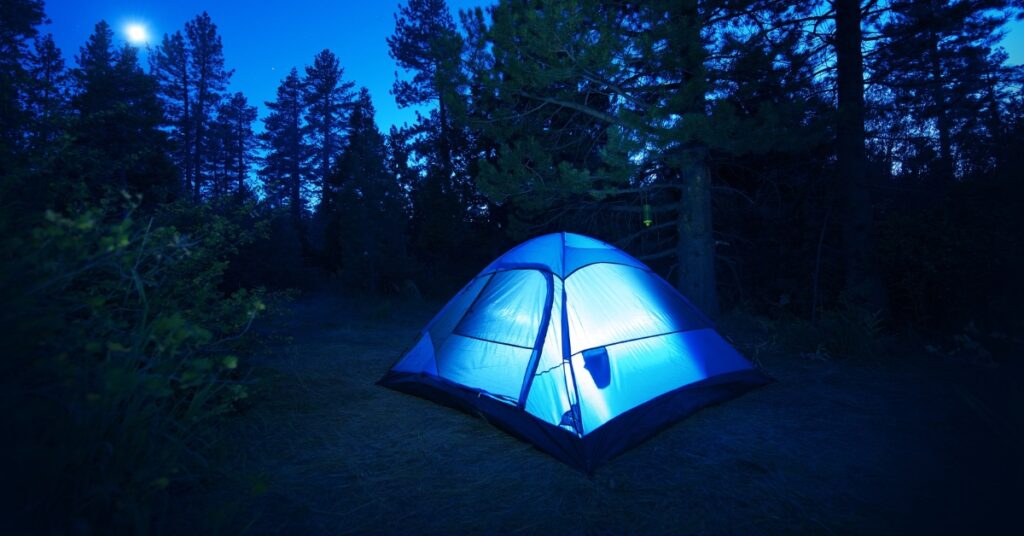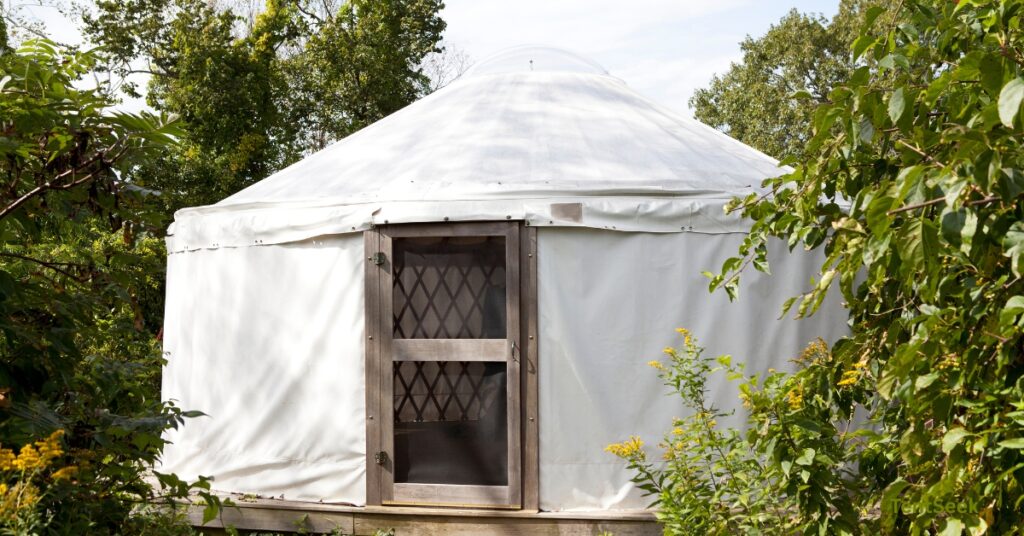How to do camping is uncomfortable question for biganers. Stepping into the great outdoors for your first camping trip can feel like opening a door to a new world of adventure. The thought of sleeping under the stars, waking up to the sound of birds, and spending your days surrounded by nature is exciting. But for a first-timer, it can also be a little intimidating. What do you pack? Where do you go? How do you even start a campfire?
How To Do Camping
Proper preparation is the key to turning that apprehension into confidence. A well-planned trip ensures you stay safe, comfortable, and can fully immerse yourself in the experience. This guide is designed to walk you through everything you need to know. We’ll cover how to choose the right gear, what to pack, and how to set up a campsite that feels like a home away from home. By the end, you’ll have a complete checklist and the knowledge to make your first camping adventure a resounding success.
Why Camping Is a Great Experience for Beginners
Camping offers much more than just a night away from home. It’s an opportunity to forge a deeper connection with the natural world, learn valuable new skills, and create lasting memories with friends and family. The modern world often keeps us tethered to screens and schedules, but the wilderness invites you to slow down.
One of the most significant benefits is the chance for a genuine digital detox. Swapping screen time for stunning landscapes allows your mind to reset. Instead of notifications, you’ll notice the rustle of leaves in the wind or the crackle of a campfire. This shift can reduce stress and improve your mental clarity. You’ll also learn practical skills, from navigating a trail to cooking a meal over an open flame. These moments of self-reliance build confidence and offer a satisfying sense of accomplishment that’s hard to find in everyday life.
How to Prepare for Your First Camping Trip (Step-by-Step)
A successful camping trip begins long before you leave your driveway. Thoughtful planning is the foundation for a safe and enjoyable experience. Here’s a step-by-step guide to get you ready.
Step 1: Choose Your Destination and Campsite
Your choice of campsite sets the tone for your entire trip. For beginners, it’s wise to start with a location that offers a few amenities.
- Established Campgrounds: State and national parks are excellent choices. They typically offer designated sites with a fire pit, picnic table, and access to restrooms and running water. These amenities provide a safety net while you’re still learning the ropes.
- Booking in Advance: Popular spots can fill up months ahead, especially during peak season and on weekends. Once you decide on a location, visit their website or a reservation platform like Recreation.gov to book your site.
- Consider Proximity: For your first trip, choose a campsite that’s not too far from home. A one or two-hour drive is ideal. This reduces travel stress and means you can get home easily if you forget something critical or the weather turns sour.
Step 2: Plan Your Meals and Water
Food always tastes better outdoors, but it requires some planning.
- Meal Planning: Plan simple, easy-to-prepare meals. Think one-pot dinners like chili, pasta, or pre-made foil packets you can heat over the fire. For breakfast, oatmeal, granola bars, and instant coffee are great options. Pack sandwiches or wraps for lunch.
- Water Supply: Never assume natural water sources are safe to drink. Check if your campsite has potable (drinkable) water. If not, you’ll need to bring your own—a good rule of thumb is one gallon of water per person, per day. Alternatively, bring a water filter or purification tablets.
- Food Storage: Store all food, trash, and scented items (like toothpaste) in a locked vehicle or a bear-proof container, especially in areas with wildlife. This prevents animals from being attracted to your campsite.
Step 3: Create a Comprehensive Packing List
A checklist is your best friend when preparing for a camping trip. It ensures you don’t forget any essentials. Divide your list into categories: shelter, sleeping, cooking, clothing, safety, and personal items. We’ll cover gear in more detail in the next section, but creating a personalized list is a crucial planning step.
Step 4: Prepare for Emergencies
Safety should always be a priority.
- First-Aid Kit: Pack a well-stocked first-aid kit with bandages, antiseptic wipes, pain relievers, blister treatment, and any personal medications.
- Navigation: Don’t rely solely on your phone’s GPS. Bring a physical map of the area and a compass, and know how to use them.
- Inform Someone: Always tell a friend or family member where you are going and when you plan to return. Give them a copy of your itinerary.
Essential Camping Gear for Beginners
You don’t need to buy the most expensive gear for your first trip, but having the right essentials is non-negotiable. Here is a breakdown of what you’ll need, along with budget considerations.
Shelter and Sleeping
- Tent: Your tent is your home in the wilderness. Choose one that’s rated for one more person than will be sleeping in it (e.g., a 3-person tent for two people) to have extra room for gear. Look for a tent with a rainfly for weather protection.
- Sleeping Bag: Select a sleeping bag with a temperature rating appropriate for the weather you expect. A 3-season bag is a versatile choice for beginners.
- Sleeping Pad: This goes under your sleeping bag and provides both cushioning and insulation from the cold ground. It’s a game-changer for a comfortable night’s sleep.
Cooking Gear
- Camp Stove and Fuel: While cooking over a campfire is fun, a portable camp stove is more reliable and often necessary during fire bans.
- Cookware: A small pot, a pan, and cooking utensils are sufficient for simple meals.
- Cooler: A good cooler will keep your perishable food fresh.
- Dishes and Utensils: Bring reusable plates, cups, and cutlery.
- Trash Bags: Pack out everything you pack in. Follow Leave No Trace principles and leave your campsite cleaner than you found it.
Clothing
Layering is the key to staying comfortable.
- Base Layer: Moisture-wicking materials (like merino wool or synthetics) to keep you dry.
- Mid Layer: An insulating layer, such as a fleece or down jacket, for warmth.
- Outer Layer: A waterproof and windproof jacket to protect you from the elements.
- Extras: Pack extra socks (wool is best), comfortable shoes for hiking, and a hat. Avoid cotton, as it loses its insulating properties when wet.
Budget-Friendly Gear Tips
- Rent Before You Buy: Many outdoor retailers like REI offer gear rental programs. This is a fantastic way to try out camping without the significant upfront investment.
- Borrow from Friends: Ask friends or family if they have gear you can borrow.
- Buy Used: Check online marketplaces or second-hand sports stores for quality used gear. You can often find great deals on tents, sleeping bags, and stoves.
Safety Tips for First-Time Campers
The wilderness is beautiful, but it demands respect. Following basic safety protocols will ensure your trip is memorable for all the right reasons.
Wildlife Precautions
Research the local wildlife before you go. Store food and scented items securely to avoid attracting animals like bears, raccoons, and squirrels. Never feed wild animals, and observe them from a safe distance.
Weather Awareness
Check the weather forecast right before you leave and be prepared for sudden changes. Weather in the mountains can shift rapidly. Always have your rain gear accessible, even if the forecast is clear.
Fire Safety
If campfires are permitted, use designated fire pits. Never leave a fire unattended, and keep a bucket of water or a shovel nearby to extinguish it completely. Make sure the ashes are cool to the touch before you go to bed or leave the campsite.
Navigation
It’s easy to get disoriented in an unfamiliar area. Always carry a map and compass or a GPS device, and know how to use them. Pay attention to landmarks as you hike and stay on marked trails.
How to Set Up Camp and Get Comfortable
Arriving at your campsite is exciting. Here’s how to set it up efficiently to maximize your relaxation time.
Step 1: Pitch Your Tent
Choose a flat, smooth spot for your tent. Clear away any sharp rocks or sticks. If you’re new to pitching a tent, practice setting it up in your backyard once before you leave. This will make the process much smoother when you arrive at camp.
Step 2: Organize Your Campsite
Designate different areas for sleeping, cooking, and relaxing. Keep your cooking area away from your tent to prevent food smells from attracting animals near where you sleep. Set up chairs around the fire pit for a cozy evening gathering spot.
Step 3: Build a Campfire (If Permitted)
Start with a small base of tinder (dry leaves, grass, or dryer lint) and add kindling (small twigs). Light the tinder, and once the kindling catches, slowly add larger pieces of firewood. A well-built fire should have plenty of airflow.
Step 4: Make It Comfortable
A few small touches can make your campsite feel more like home. Bring a lantern or headlamps for light after dark. A clothesline can be useful for drying towels or damp clothes. Unpack your sleeping bag and pad early to let them air out and fully loft.
Embrace Your First Camping Adventure
Your first camping trip is a learning experience. Things might not go perfectly—you might forget something, the weather might not cooperate, or you might struggle to start a fire. That’s all part of the adventure. The goal is to get outside, try something new, and enjoy the beauty of nature.
With the right preparation and a positive attitude, you can handle any challenges that come your way. The skills you learn and the memories you make will last a lifetime, inspiring many more outdoor excursions. So pack your bags, leave your worries behind, and get ready to discover the incredible world of camping.
FAQs
What should I pack for my first camping trip?
Start with the ten essentials: a tent, a sleeping bag and pad, a camp stove and fuel, a cooler with simple meals, layered clothing, a first-aid kit, a headlamp or flashlight, navigation tools (map and compass), and trash bags. Create a detailed checklist to ensure you don’t forget anything.
How do I choose the best campsite for beginners?
Look for established campgrounds in state or national parks. These sites usually offer amenities like restrooms, running water, and designated fire pits, which provide a comfortable and safe environment for first-timers. Choose a location that is a relatively short drive from home.
Is camping safe for first-time campers?
Yes, camping is very safe for beginners as long as you are well-prepared. Key safety measures include checking the weather, storing food properly to avoid attracting wildlife, practicing fire safety, and letting someone know your itinerary. Packing a first-aid kit and navigation tools is also essential.
What are the best foods to bring on a camping trip?
Opt for simple, non-perishable, and easy-to-cook meals. Good options include instant oatmeal, granola bars, sandwiches, hot dogs, chili, and pasta. Pre-chopping vegetables and pre-mixing ingredients at home can save you time and effort at the campsite. Don’t forget snacks like trail mix and fruit.
How do I deal with bad weather while camping?
Always check the forecast and pack accordingly. A waterproof tent with a good rainfly and waterproof outerwear are crucial. If a storm hits, stay inside your tent. Keep extra layers and socks in a dry bag to ensure you have warm, dry clothes to change into. Playing cards or reading a book can help pass the time until the weather clears.
This post contains affiliate links.




